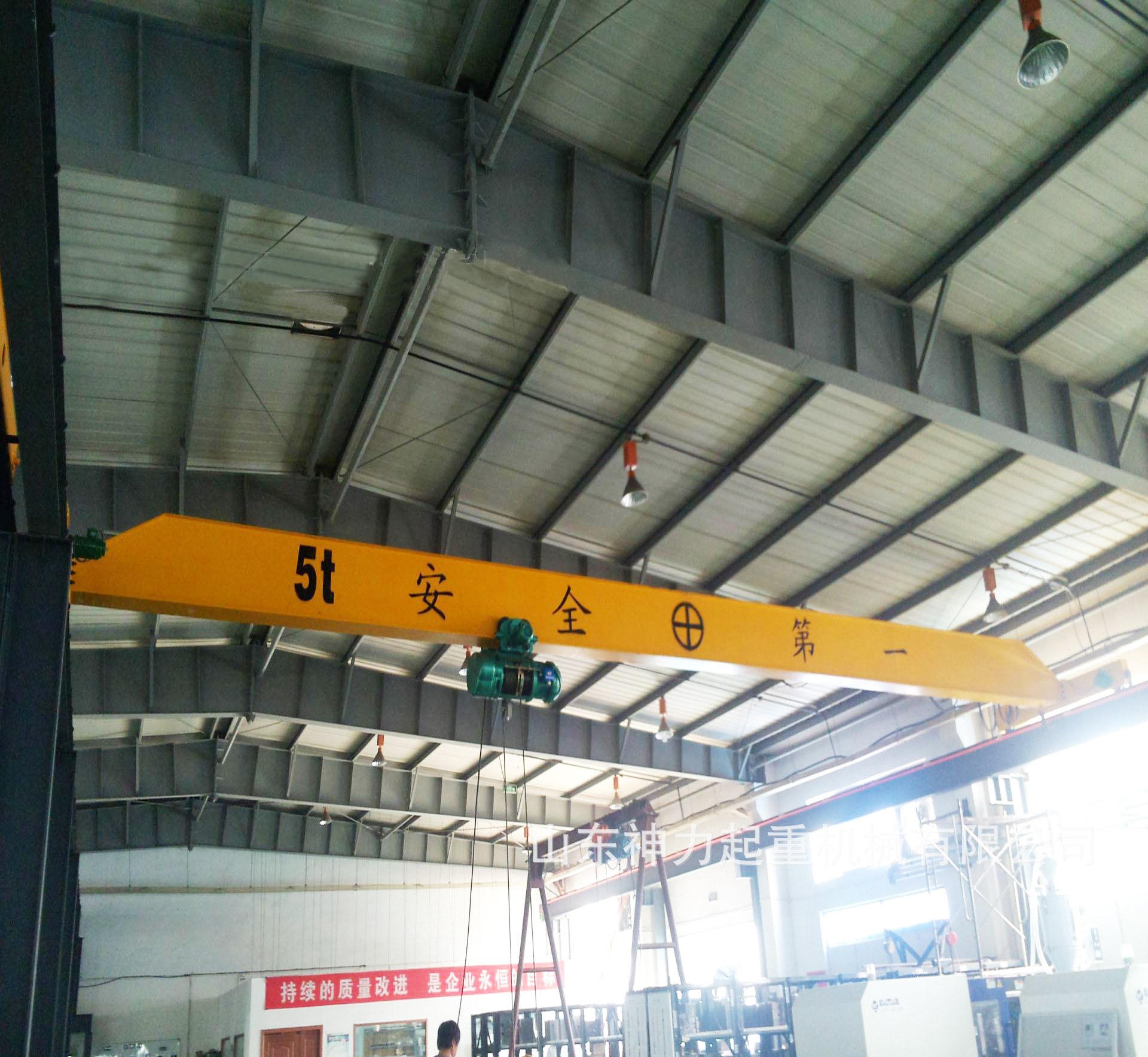Overhead cranes are critical equipment in industrial production, logistics, and construction, with single-girder and double-girder designs being the two most common types. Selecting the right one directly impacts operational efficiency, safety, and long-term cost-effectiveness.
1. Load Capacity Requirements
Load capacity is the primary criterion for crane selection.
Single-Girder Overhead Cranes: Typically designed for light to medium loads, usually ranging from 0.5 tons to 20 tons. Their simplified structure limits load-bearing capacity, making them unsuitable for heavy-duty operations.
Double-Girder Overhead Cranes: Excel in heavy-load scenarios, with capacities often spanning 5 tons to over 500 tons. The dual-girder structure distributes weight more evenly, providing higher stability and load-bearing capacity for heavy manufacturing or port cargo handling.
2. Structural Complexity and Space Needs
Structural differences affect installation, maintenance, and space utilization.
Single-Girder Cranes: Feature a single main beam supported by end trucks. They have a compact design, require less headroom (vertical space) and span width, and are easier to install and maintain. The simplified structure also reduces the need for complex foundation reinforcement.
Double-Girder Cranes: Consist of two parallel main beams, with the hoist (lifting mechanism) often running between the girders. This design requires more headroom and horizontal space. Installation involves more complex alignment of the two girders, and maintenance may need access to the area between the beams, increasing operational complexity.
3. Application Scenarios and Duty Cycles
The intended use and operating frequency (duty cycle) determine which crane type fits best.
Single-Girder Cranes: Ideal for low to moderate duty cycles (e.g., duty classes A3-A5 according to ISO standards). Common applications include small workshops, warehouses, and assembly lines for tasks like lifting small components, packaging, or light assembly—where loads are light and operations are not continuous.
Double-Girder Cranes: Suitable for high-duty cycles (duty classes A6-A8) and harsh environments. They are widely used in steel mills (for lifting molten metal), heavy machinery manufacturing (for assembling large equipment), and container ports (for loading/unloading heavy containers). Their robust structure withstands frequent, continuous use and extreme conditions like high temperatures or dust.
4. Cost Considerations
Cost includes initial investment, operation, and maintenance expenses.
Single-Girder Cranes: Have lower initial purchase and installation costs due to their simple structure. Maintenance costs are also lower, as fewer components require inspection or replacement. They are a cost-effective choice for businesses with limited budgets and light-load needs.
Double-Girder Cranes: Involve higher initial costs, including manufacturing, installation, and foundation reinforcement. However, their durability and high load capacity reduce downtime in heavy-duty operations, leading to better long-term return on investment (ROI) for businesses with continuous heavy-load demands. Maintenance costs are higher but justified by their extended service life and reliability.
5. Summary of Selection Steps
Define Load Requirements: Confirm the maximum load, average load, and lifting height needed—this narrows down whether a single-girder (≤20 tons) or double-girder (>20 tons) is feasible.
Assess Work Environment and Duty Cycle: If operations are continuous, heavy, or in harsh conditions, a double-girder crane is preferred; for light, intermittent use, a single-girder crane suffices.
Evaluate Space Constraints: Check available headroom and span width—single-girder cranes are better for tight spaces, while double-girder cranes need more room.
Analyze Cost vs. ROI: For short-term, light-use needs, choose a single-girder crane to save costs; for long-term, heavy-duty operations, invest in a double-girder crane for better reliability and ROI.
In conclusion, there is no “one-size-fits-all” solution. The choice depends on a comprehensive assessment of load, space, application, and cost. Consulting with crane manufacturers or engineers to conduct a site-specific analysis can further ensure the selected crane meets operational needs and safety standards.

Post time: Sep-11-2025







